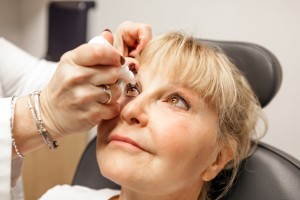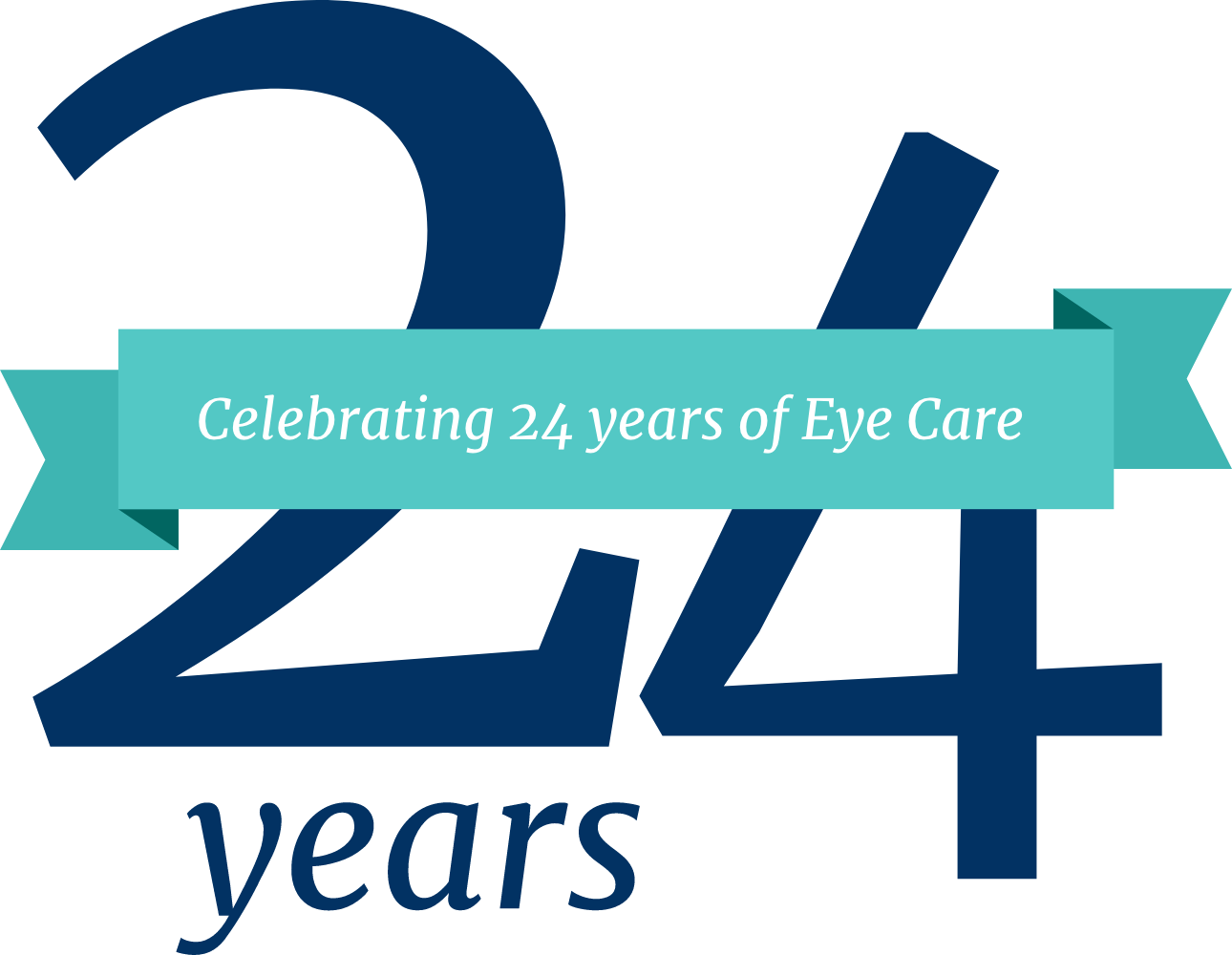Corneal Ulcer
 A corneal ulcer, also known as an eyesore or ulcerative keratitis, is a sore that forms on the surface of the cornea, the clear portion of the eye. It is typically the result of a bacterial, viral or fungal infection. Other possible causes include the following:
A corneal ulcer, also known as an eyesore or ulcerative keratitis, is a sore that forms on the surface of the cornea, the clear portion of the eye. It is typically the result of a bacterial, viral or fungal infection. Other possible causes include the following:
- Corneal abrasion
- Dry-eye disorder
- Medical conditions resulting in inflammation
Corneal ulcers are more common in those who wear contact lenses, particularly when the lenses are not removed at night or cleaned properly.
Symptoms of a Corneal Ulcer
Corneal ulcers can be very painful, and can produce the following symptoms:
- Blurred vision
- Light sensitivity
- Tearing
- Redness
- Itching
- Discharge
Anyone who has eye symptoms of unknown origin should consult an ophthalmologist for a definitive diagnosis and appropriate treatment.
Diagnosis of a Corneal Ulcer
To diagnose a corneal ulcer, an examination with a slit lamp is performed. Most often, a fluorescein stain is administered as an eye drop to make the ulcer more visible. A sample of the ulcer tissue may be biopsied to determine the source of infection. Other testing, possibly including blood and urine testing, may be conducted to find the ulcer's cause.
Treatment of a Corneal Ulcer
Treatment for a corneal ulcer varies depending on its underlying cause. Antibiotic eye drops are usually effective in resolving an infection. Eye drops containing corticosteroids may also be necessary to alleviate swelling. In the most severe cases, a corneal transplant may be needed. Most patients who are treated for a corneal ulcer have no complications or long-term vision problems. If a corneal ulcer goes untreated, however, it can result in scarring and permanent vision loss.


